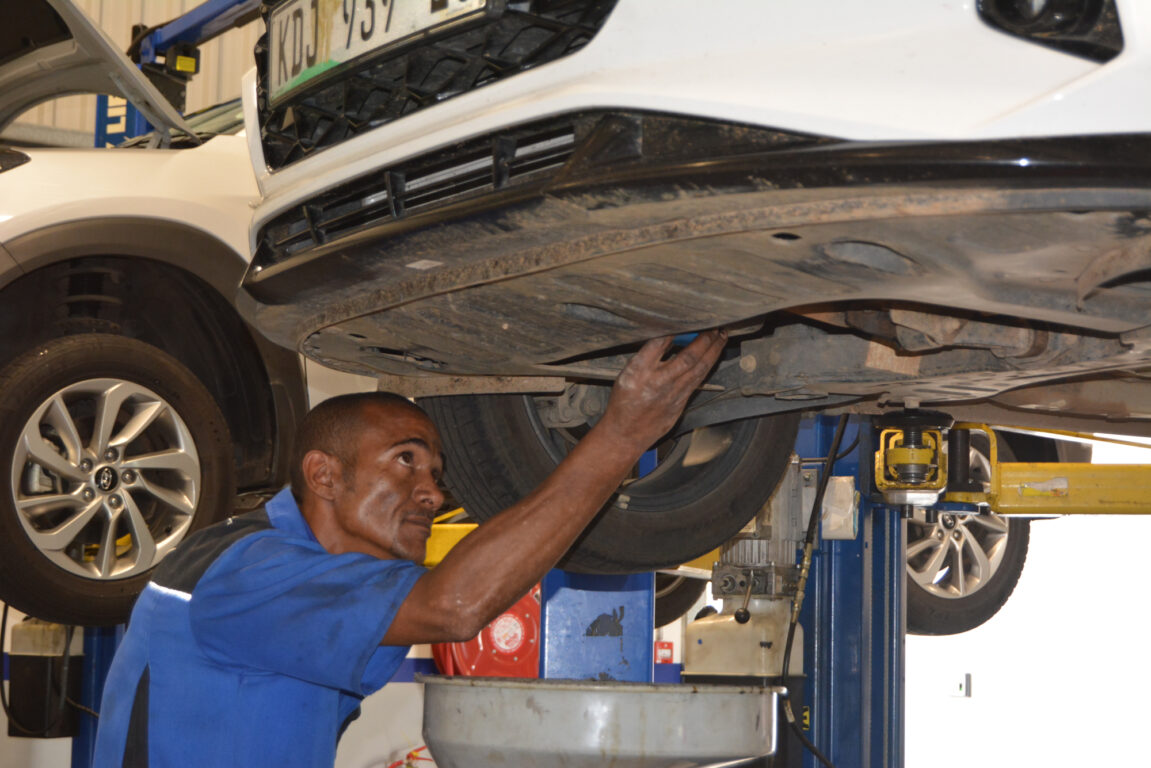After an accident, most people rush to get their vehicle repaired as quickly as possible, often overlooking key decisions between repairing and replacing parts. Recent updates to the Competition Commission Guidelines in South Africa have made it easier for consumers to make informed choices, empowering them to understand the details that could impact both repair quality and overall costs.
Juan Hanekom, National Director of the South African Motor Body Repairers’ Association (SAMBRA), highlights some of the key changes aimed at enhancing transparency and consumer choice in vehicle repairs.
Key Consumer Updates in the Guidelines
• Accessories now covered
One update includes accessories, which are now treated the same as spare parts. This means you can choose matching quality accessories without risking your vehicle’s warranty, giving you more freedom when it comes to parts selection.
• Appointment of repairers by insurers and OEMs
Updates to sections 6 and 7 of the Guidelines give insurers and original equipment manufacturers (OEMs) greater flexibility in selecting repairers based on case-by-case assessments. However, they are still required to ensure opportunities for Historically Disadvantaged Individuals (HDIs) and cannot limit their choice of repairers solely on market conditions or the volume of work in a particular area. “This change enables consumers to have more options,” Hanekom explains, “while ensuring greater fairness and market access for a diverse range of skilled repairers. Which ultimately benefits vehicle owners”
Hanekom says this takes one back to the “Repair or Replace” decision and which options makes more sense.
When it comes to deciding between repair and replacement, the choice isn’t as simple as it seems. Many factors need to be considered, including your vehicle’s age, mileage, and the type of damage. As Hanekom points out, “Advances in repair technology have significantly improved the ability of SAMBRA-accredited members to restore metal and plastic panels, giving consumers more options than ever.”
Repairing rather than replacing parts can save costs and preserve your car’s originality, but it’s essential to consult with a qualified repairer who can advise on what’s best in each unique situation.
Hanekom encourages consumers to seek out SAMBRA-accredited repairers who are dedicated to high standards. Responsible repairers will advise you of the best course of action and even if an insurer does recommend writing off your vehicle, consider consulting a SAMBRA member first,” he advises. “We often work with manufacturers to restore cars, taking advantage of ‘Save-a-Car’ programmes run by manufacturers which assist in reducing the cost of repair of vehicles that might otherwise be written off.”
Another important area for consumers to consider is the labour rate. Hanekom points out that some insurers set rates so low that quality materials and skilled staff become unaffordable, potentially affecting the repair’s longevity. Asking your repair provider about labour rates can help you understand whether they are capable of maintaining the high standards on your vehicle.
Ultimately, poor repairs can have a lasting impact on your vehicle’s resale value. Ensuring your repairer is SAMBRA-accredited provides reassurance that the highest standards will be met, safeguarding your vehicle’s integrity and value.
“In today’s market, having your vehicle repaired by a trusted, accredited provider is critical,” says Hanekom. “By making informed decisions, consumers can protect both their safety and their investment and the updated Competition Commission Guidelines equip consumers with greater choice and clarity, making it easier to navigate the vehicle repair process with confidence,” concludes Hanekom.
